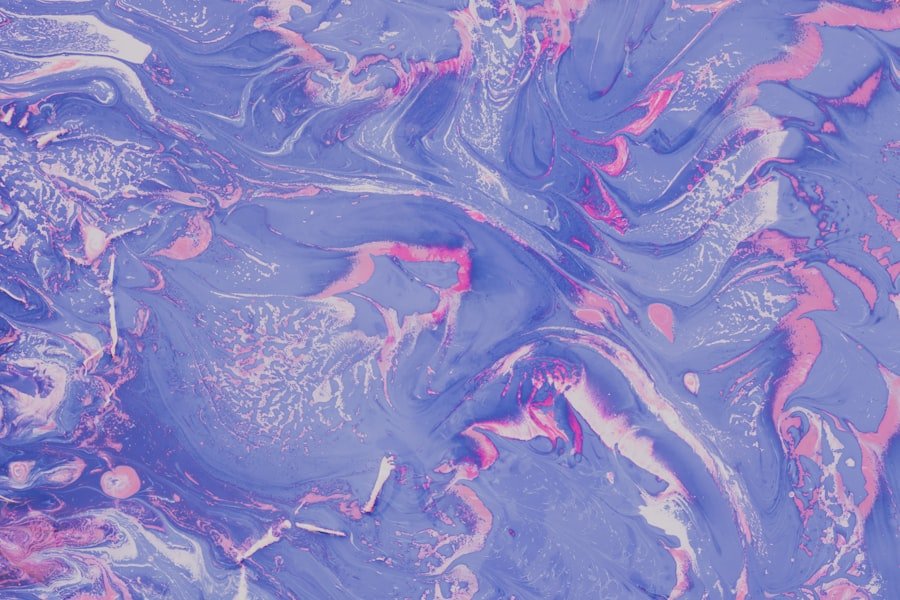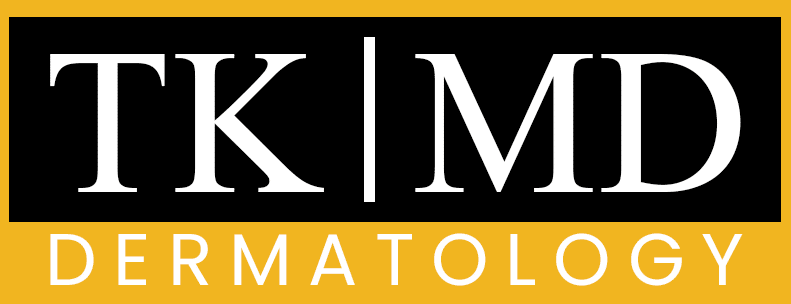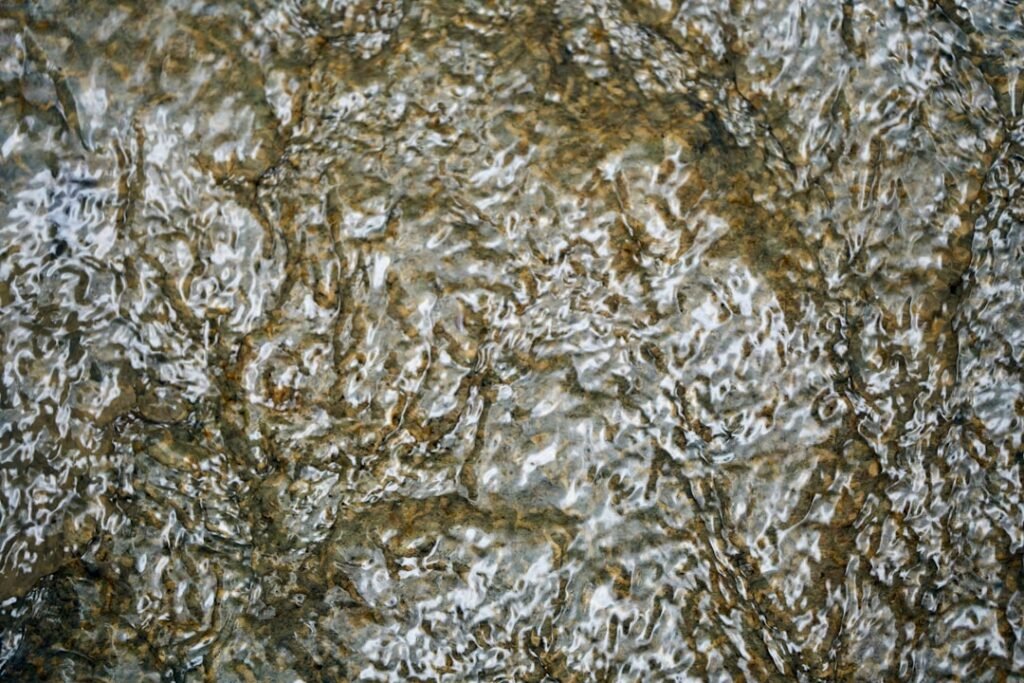Hydrocolloid patches are specialized adhesive bandages designed to promote healing in various skin conditions, particularly acne. These patches are made from a gel-like substance that contains hydrophilic (water-attracting) properties, allowing them to absorb excess moisture and create a moist environment conducive to healing. The primary function of hydrocolloid patches is to protect the affected area from external irritants while simultaneously drawing out impurities and promoting skin recovery.
They are often transparent or semi-transparent, making them discreet and suitable for use throughout the day. The history of hydrocolloid technology dates back to the 1970s when it was first utilized in wound care. Over the years, the application of hydrocolloid materials has expanded beyond traditional medical uses to include cosmetic applications, particularly in the treatment of acne.
The patches are now widely available in various sizes and shapes, catering to different types of blemishes, from small whiteheads to larger cystic acne. Their popularity has surged in recent years, driven by a growing interest in skincare and the desire for effective, non-invasive solutions for clear skin.
Key Takeaways
- Hydrocolloid patches are adhesive bandages that contain gel-forming agents like pectin or gelatin to help absorb excess fluid and promote healing.
- These patches work by creating a moist environment that helps to speed up the healing process and protect the wound from bacteria and other contaminants.
- Using hydrocolloid patches can help to reduce inflammation, prevent scarring, and promote faster healing for acne, pimples, and other skin blemishes.
- Anyone with acne, pimples, or other skin blemishes can benefit from using hydrocolloid patches to promote clear and healthy skin.
- To use hydrocolloid patches effectively, make sure to apply them to clean, dry skin, leave them on for several hours or overnight, and replace them as needed.
How Hydrocolloid Patches Work
The mechanism by which hydrocolloid patches operate is both fascinating and effective. When applied to a blemish, the patch adheres to the skin and forms a barrier that protects the area from bacteria, dirt, and other environmental factors that could exacerbate the condition. The hydrocolloid material absorbs excess fluid from the pimple, which can include pus and oil, effectively reducing inflammation and promoting faster healing.
This absorption process is crucial as it helps to flatten the blemish and minimize its appearance over time. Additionally, hydrocolloid patches create an occlusive environment that prevents air from reaching the blemish. This lack of oxygen can inhibit the growth of acne-causing bacteria, further aiding in the healing process.
The patches also help to prevent the user from picking at or touching their acne, which can lead to scarring or further irritation. By providing a physical barrier, hydrocolloid patches not only facilitate healing but also encourage users to adopt healthier habits when it comes to managing their skin.
Benefits of Using Hydrocolloid Patches for Clear Skin

One of the most significant benefits of hydrocolloid patches is their ability to accelerate the healing process of acne lesions. Users often report noticeable improvements within a few hours of application, with many finding that their blemishes appear less inflamed and more manageable by morning. This rapid response can be particularly beneficial for individuals who have an important event or occasion approaching and want to minimize the visibility of their acne.
Moreover, hydrocolloid patches are generally well-tolerated by most skin types, including sensitive skin. Unlike some topical acne treatments that may contain harsh ingredients like benzoyl peroxide or salicylic acid, hydrocolloid patches are typically free from irritating chemicals. This makes them an excellent option for those who may experience adverse reactions to conventional acne treatments. Additionally, because they are easy to use and require no special application techniques, they can be seamlessly integrated into any skincare routine.
Who Can Benefit from Using Hydrocolloid Patches
| Beneficiary | Explanation |
|---|---|
| Acne Sufferers | Hydrocolloid patches can help to absorb excess oil and reduce inflammation, promoting faster healing of acne. |
| Wound Care Patients | These patches can be used to protect and promote healing of minor wounds, cuts, and scrapes. |
| Blister Prevention | Individuals prone to blisters can benefit from using hydrocolloid patches to reduce friction and protect the skin. |
| Callus and Corn Treatment | Hydrocolloid patches can help soften and protect calluses and corns, promoting their gradual removal. |
| General Skin Care | People looking to improve the appearance and health of their skin can use these patches to target specific areas. |
Hydrocolloid patches can be beneficial for a wide range of individuals dealing with various types of acne. Teenagers and young adults, who often experience hormonal fluctuations leading to breakouts, can find these patches particularly useful in managing their skin. The convenience of applying a patch overnight or during the day allows them to address blemishes without disrupting their daily activities.
Furthermore, adults who struggle with adult-onset acne or occasional breakouts can also benefit from hydrocolloid patches. Stress, hormonal changes, and lifestyle factors can contribute to adult acne, making effective treatment essential. Hydrocolloid patches provide a targeted approach that can help reduce inflammation and promote healing without the need for extensive skincare regimens or prescription medications.
Additionally, individuals with conditions such as cystic acne may find relief through these patches, as they can help manage painful lesions that are often difficult to treat.
Tips for Using Hydrocolloid Patches Effectively
To maximize the effectiveness of hydrocolloid patches, proper application is key. First and foremost, it is essential to cleanse the affected area thoroughly before applying the patch. This step ensures that any dirt or oil is removed, allowing for better adhesion and absorption.
After cleansing, gently pat the area dry before placing the patch directly over the blemish. It is advisable to press down on the patch for a few seconds to ensure it adheres well to the skin. Timing is also crucial when using hydrocolloid patches.
For optimal results, it is recommended to leave the patch on for at least six hours; many users find that overnight application yields the best outcomes. During this time, the patch will work to absorb excess fluid and create a protective barrier around the blemish. It is important not to disturb or remove the patch prematurely, as doing so may hinder its effectiveness.
If the patch becomes discolored or swollen, it is an indication that it has absorbed its maximum capacity and should be replaced with a fresh one.
Potential Side Effects of Using Hydrocolloid Patches

While hydrocolloid patches are generally safe for most users, some individuals may experience mild side effects. Skin irritation can occur in rare cases, particularly for those with highly sensitive skin or allergies to adhesive materials. Symptoms may include redness, itching, or a burning sensation at the site of application.
To mitigate this risk, it is advisable to conduct a patch test on a small area of skin before using hydrocolloid patches extensively.
Another potential concern is that while hydrocolloid patches are designed to absorb fluid from blemishes, they may not be effective for all types of acne. For instance, deep cystic acne may require more intensive treatment options than what a patch can provide.
In such cases, users should consult with a dermatologist for tailored advice on managing their specific skin concerns. Additionally, if any signs of infection develop—such as increased redness, swelling, or pus—removing the patch and seeking professional medical advice is crucial.
Other Clear Skin Solutions to Consider
In addition to hydrocolloid patches, there are several other solutions available for achieving clear skin. Topical treatments containing active ingredients like salicylic acid or benzoyl peroxide remain popular choices for many individuals battling acne. These ingredients work by exfoliating dead skin cells and unclogging pores, thereby reducing the likelihood of breakouts.
However, they can sometimes cause dryness or irritation if not used correctly. Another alternative is incorporating non-comedogenic skincare products into one’s routine. Non-comedogenic products are formulated specifically not to clog pores, making them suitable for acne-prone skin.
Moisturizers and sunscreens labeled as non-comedogenic can help maintain skin hydration without exacerbating existing breakouts. Additionally, lifestyle changes such as maintaining a balanced diet rich in antioxidants and staying hydrated can also contribute positively to overall skin health.
Where to Find Hydrocolloid Patches
Hydrocolloid patches are widely available in various retail settings, making them easily accessible for consumers seeking clear skin solutions. Pharmacies and drugstores often stock these patches in their skincare aisles alongside other acne treatments. Popular brands such as Nexcare and Cosrx have gained significant recognition for their effective formulations and user-friendly designs.
Online shopping platforms also offer a vast selection of hydrocolloid patches, allowing users to compare different brands and read reviews before making a purchase decision. Websites like Amazon and dedicated beauty retailers provide options ranging from budget-friendly choices to premium products tailored for specific skin concerns. Additionally, many skincare brands have begun incorporating hydrocolloid technology into their product lines, further expanding availability and options for consumers looking to enhance their skincare routines with these innovative patches.
If you are interested in exploring other dermatological treatments, you may want to read about laser treatment for varicose veins on Dr. Trisha Khanna’s website. Laser energy treatments are also discussed in detail on the site, providing valuable information on the various options available in cosmetic dermatology.
Additionally, if you have any billing questions related to these procedures, you can find answers in the billing FAQ section of the website.
Hydrocolloid patches are a popular choice for treating acne and other skin issues, but it’s always beneficial to explore other treatment options as well.
FAQs
What is a hydrocolloid patch?
A hydrocolloid patch is a type of wound dressing that contains gel-forming agents, such as pectin or gelatin, which create a moist environment to promote wound healing.
How does a hydrocolloid patch work?
Hydrocolloid patches work by absorbing wound exudate and forming a gel-like substance that helps to maintain a moist environment, protect the wound from external contaminants, and promote healing.
What are the benefits of using a hydrocolloid patch?
Some benefits of using a hydrocolloid patch include promoting faster wound healing, reducing the risk of infection, providing a protective barrier, and minimizing pain and discomfort.
What types of wounds are hydrocolloid patches suitable for?
Hydrocolloid patches are suitable for a variety of wounds, including minor cuts, scrapes, blisters, and pressure ulcers. They are also commonly used for managing and protecting healing wounds.
Are there any precautions to consider when using a hydrocolloid patch?
It is important to ensure that the wound is clean and dry before applying a hydrocolloid patch. Additionally, individuals with known allergies to the components of the patch should avoid using it.
How long can a hydrocolloid patch be worn?
Hydrocolloid patches are typically designed to be worn for several days, depending on the amount of wound exudate and the manufacturer’s instructions. It is important to follow the recommended wear time and change the patch as needed.


